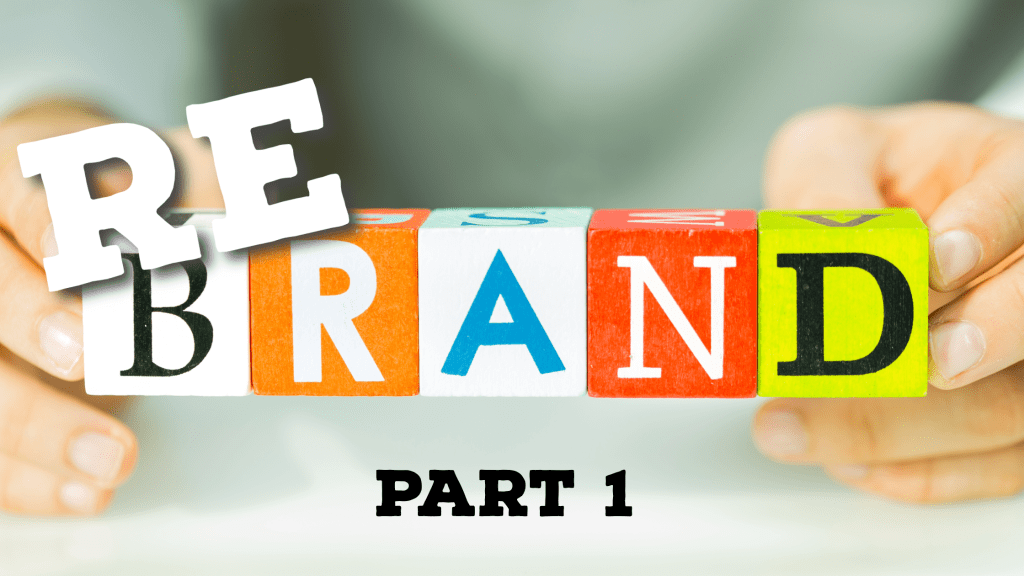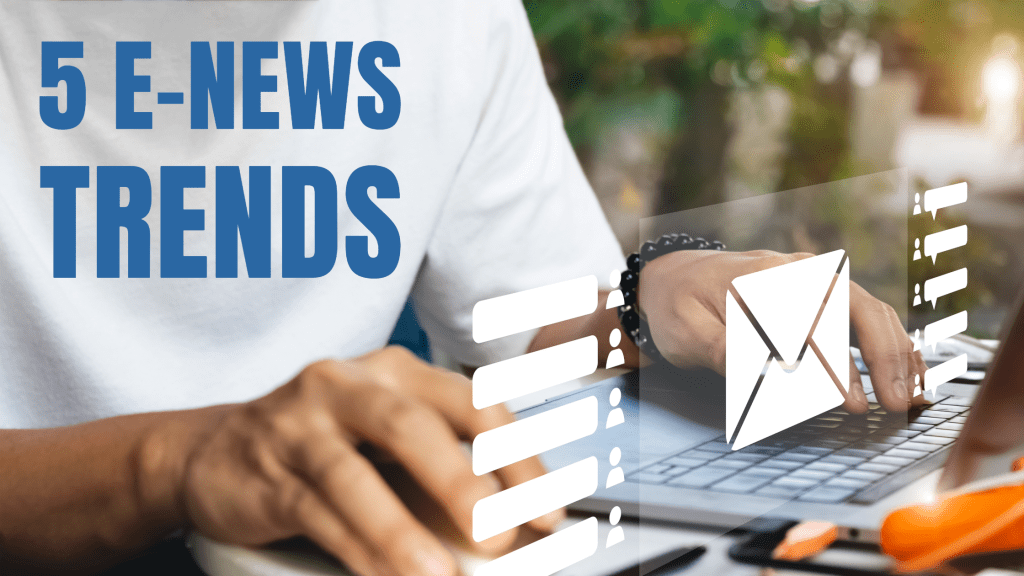The value of audience personas
by Lexie Thomas, Write Place owner and content expert
Last month, we started our nonprofit marketing series with an article about the unglamorous “housekeeping” tasks you should tackle as a nonprofit when you’re ready to elevate your brand. This month, we’re moving on to another building block: the buyer persona.
(Note: We also promised content about internal branding—we didn’t forget. We’ll get there in July!)
Adapting the buyer persona for nonprofits
Buyer personas are a fairly common tool in the for-profit marketing toolkit, and they fit just as nicely into the nonprofit sphere. For obvious reasons, the term “buyer” isn’t the best fit, but the purpose of the persona—to get your team on the same page about who you’re trying to connect with—applies.
A persona is a fictional representation of a member within one of your audience groups, typically documented in a resume-esque layout. It includes details about how this person likes to consume information, what their hobbies are, general demographic details, and more.
Personas help you focus your messaging because they give you a clear idea who you’re talking to. They can help you see why the same tactics may not appeal to everyone.
As a nonprofit, the exercise of defining your audience using personas can be even more valuable for you than it is for a business. Why? Because you are often sharing your message with a much more diverse group, which means your personas may vary greatly. Without personas, messaging can get muddled.
For example, your donor audiences may consist of both corporations and individuals. The same messaging strategy you employ for a corporation (when your target might be a results-focused CEO or foundation director) will not resonate with an individual donor (when your target might be a 50-year-old woman who donates when she feels a personal connection).
You probably also have non-donor audiences to share communications with, like local chambers of commerce or organizations that promote your mission and vision. You need these audiences to carry a message for you rather than make a donation, so you’ll need a very different messaging strategy and tools.
It is because of this diversity in nonprofit audiences that we like to include a goal or action statement with each audience persona. This helps your team understand what it is this person will ideally do for your nonprofit. Working backward from this goal, you can build messaging that fits.
Other helpful information to include is what motivates this person to support a cause, or conversely, what red flags might prevent them from either promoting or donating to a nonprofit.
How many personas should you create?
Your donors are one obvious audience. It gets trickier when you think about segmenting this group:
- Corporate donors who might fund research or sponsor events
- Individual donors who have signed up to make regular contributions
- One-time or infrequent donors
- Prospective donors, and possibly segments within this group based on age, profession, or income level
There’s also likely to be more than one non-donor audience you need messaging for:
- Volunteers
- Other nonprofits operating in the same space
- Board members
Keep your audience persona efforts realistic and relevant. Identify the audience groups most accessible and most likely to make an impact and start with those. You can always develop more. A core set so your team can get focused on the right messaging is your goal.
So, how do you gather information for your personas?
Conducting interviews with a handful of people who represent each persona group you’ve defined is the most valuable way to fill in your details. Another method that’s less time-consuming and that allows you to reach out to a bigger sample size is using a survey tool to ask similar questions to those you’d ask in an interview.
And if resources and time are limited, you might decide to create the personas based on what you and your team know or can logically assume about your audiences. Even without firsthand responses, a unified document still provides valuable guidance.
If you’re looking for help narrowing down your audience groups, writing surveys, or conducting interviews, reach out to the Write Place! Sometimes it takes an outside view to get things moving in the right direction.
Recommended reading: Some of the concepts in this article are covered in more detail in the book Brandraising by Sarah Durham. I highly recommend this great read to those interested in nonprofit marketing! Also, this article from Maria Brian Creative offers good insight and a free audience persona template.
Photo by Melanie Deziel on Unsplash



